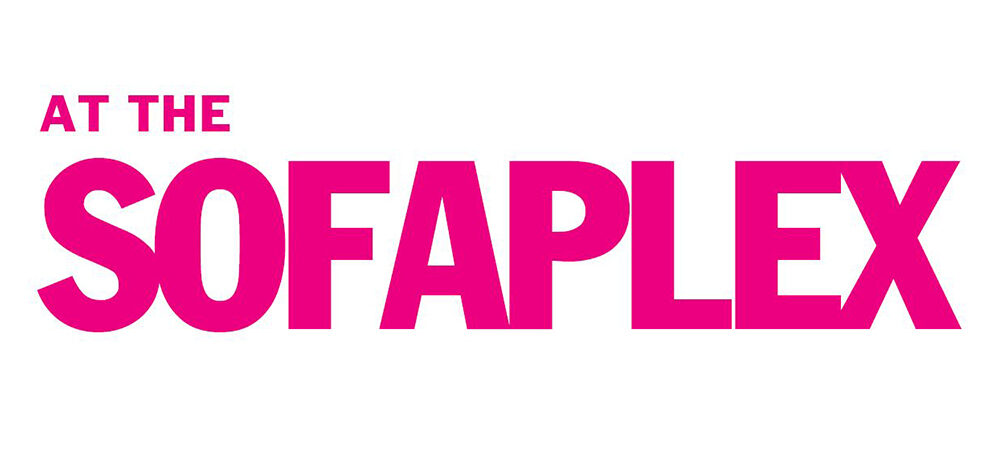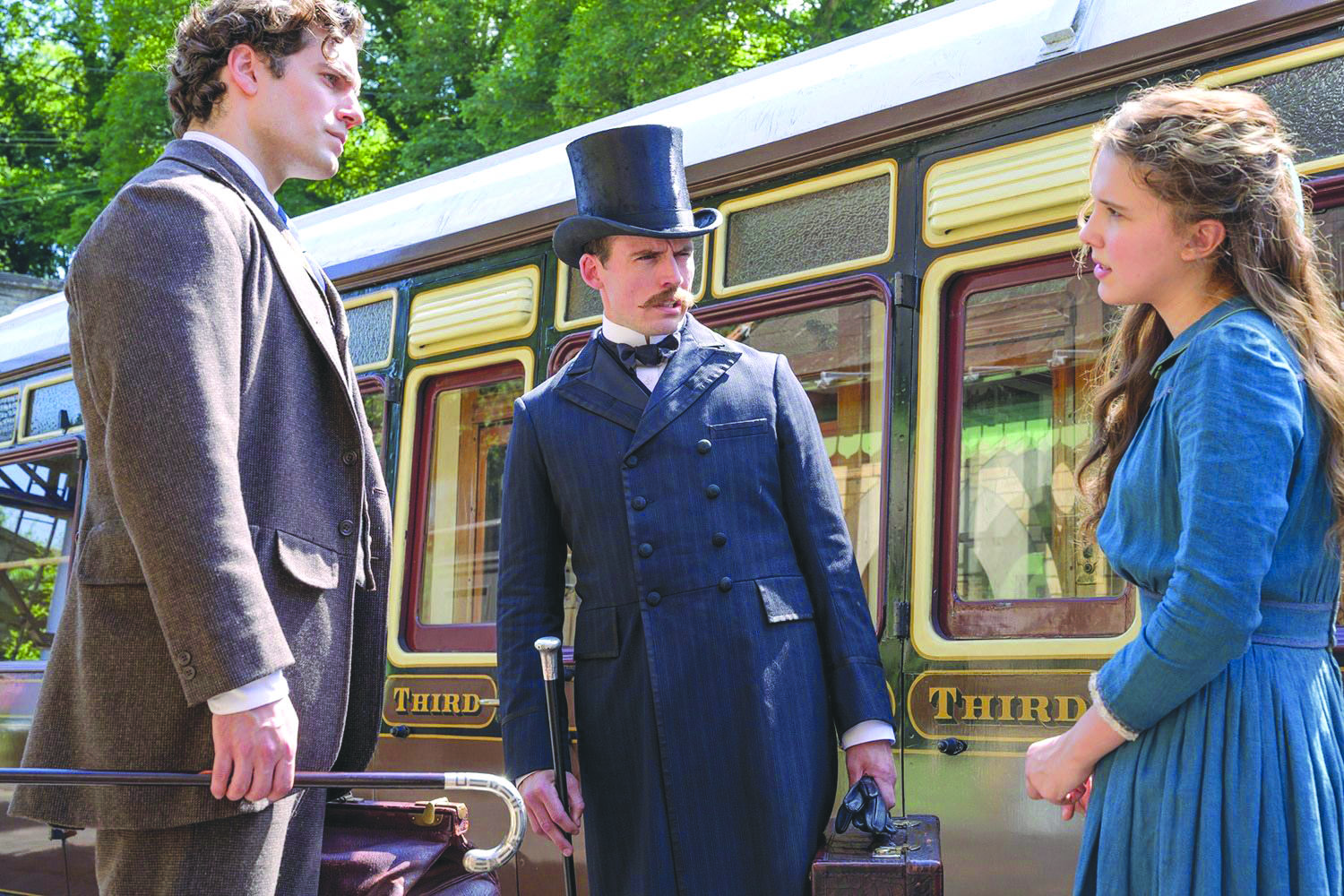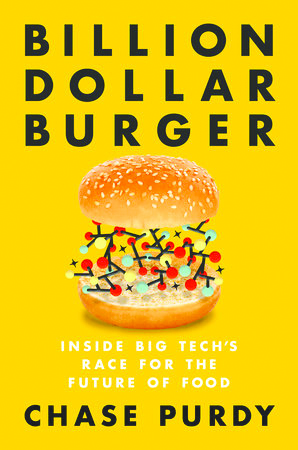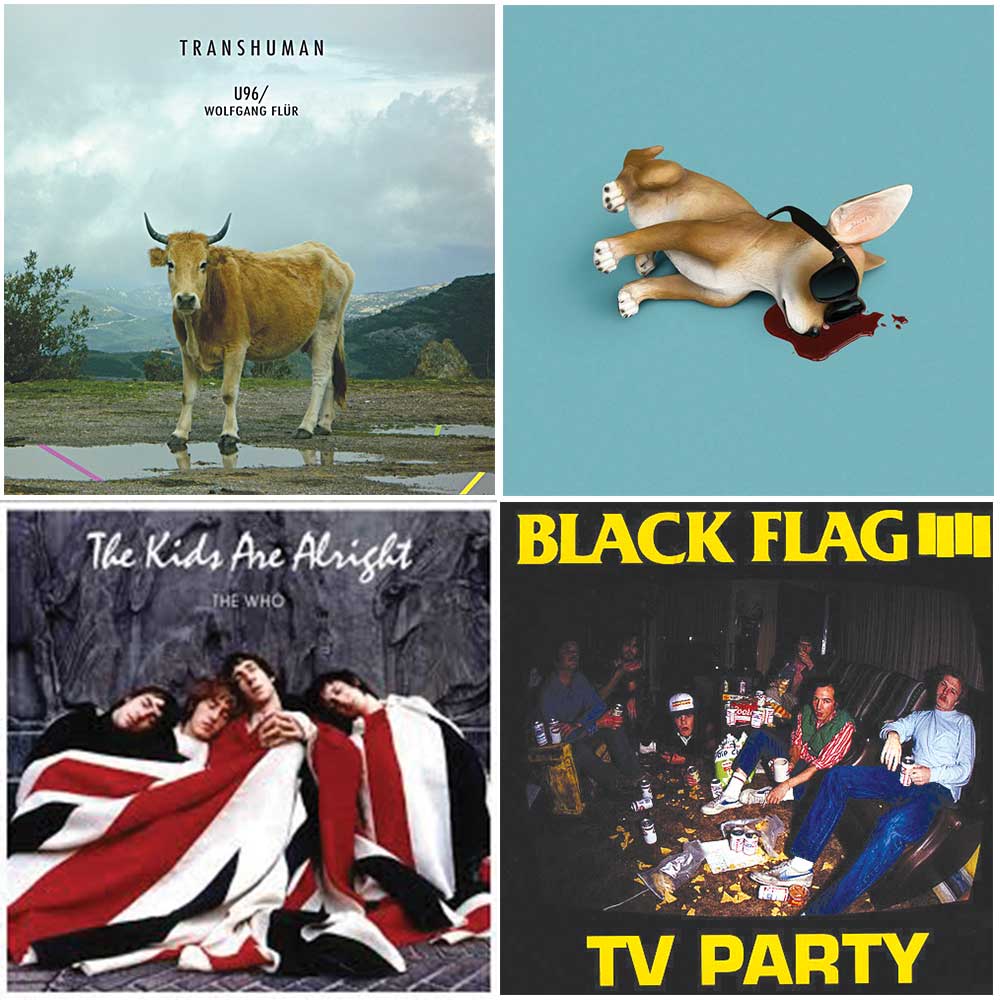U96 with Wolfgang Flür, Transhuman (Radikal Records)
The march of 1980s Nintendo-techno continues, this time with a worthy-enough pair-up between former Kraftwerk percussionist Flür and whatever’s left of U96, a project originally helmed by Alex Christensen, who’s no longer part of it. Just to be a jerk, I talked about the band Sparks a few weeks ago, and these tunes are as interchangeable with that band’s material as any other krautrock venture’s; if you’re captivated by dated eight-bit material, this is as good as any I suppose. “Planet In Fever” does have some soaring vastness to it, which counts for something; despite its obvious subject matter it’s upbeat in its way, but keep in mind that Euro-pop doesn’t seem to have a malevolent bone in its body. The title track is more to the krautrock point, featuring a beat that sounds like a free add-on that’s available to YouTubers who “just need some background music.” And so on and so forth. C+
Lo Tom, LP2 (self-released)
Follow-up to the 2017 debut album from this band, a ragtag indie-rock quartet composed of old friends who’ve played in joint and separate projects over the past 20 years, including David Bazan from the rather Pearl Jam-ish Pedro The Lion. The aforementioned debut had a rule in force that demanded minimal overdubs, which didn’t negatively affect the tuneage and got the band a lot of love from everybody who counts (Pitchfork, NPR, Stereogum, etc.). Their little one-off was so successful that this time they went with multiple overlays, resulting in a wall of Foo Fighters sound that — and here’s the rub — doesn’t actually do a whole lot for the songs, which aren’t outstanding to begin with. See, like I said, Bazan has an Eddie Vedder vocal range, but none of the frazzle-haired theatricality of Vedder’s delivery; the end result is some pretty bloody disposable TGI Fridays background tough-fluff with pricey-sounding production. Meh. B
Retro Playlist
Thanks to Covid, until further notice, our populace is mostly stuck doing nothing more soul-enriching than watching TV, with the occasional danger-fraught safari into a department store or getting takeout. I’m at the point where the only thing I can consistently tolerate is the Turner Classic Movies channel, where I immerse myself in a 1930s-to-1960s fantasy land where half the actors’ lines would have gotten them fired by today’s “cancel culture” standards.
My mellow got harshed completely during Labor Day weekend, when the station (do we call them “stations” anymore?) went on a retro-concert-footage tangent. Jimi Hendrix at the Monterey Pop Festival, the drunken mess that was Led Zeppelin’s The Song Remains The Same, some Elvis Presley thing, all of it. For many people, these films stand as frozen-in-time moments that mark the point at which their personal investigations into pop music — no, culture itself — came to an abrupt close. I know a guy who seems to think it’s still 1983; his Facebook oeuvre is awash in pictures of and factoids about The Who, a band I never really liked.
But watching The Kids Are Alright, the Who documentary (I used to have the album, way back), I remembered that I still have a special place in my heart for the band’s guitarist, Pete Townshend. He honestly didn’t like fans of pop music and wrote them off as suckers for buying the band’s records. Some of that honesty would go down really nicely these days, with deep-pocketed hipster bands releasing albums of remarkably low quality, apparently just because they’ve got the money to do it. Imagine if Pavement came out saying the same thing. They’d be instantly canceled.
Hands down, the best part of my long weekend bingeing TCM’s rockumentary vault was finally watching the early punk-rock doc The Decline of Western Civilization all the way through for the first-ever time. I do tend to name-check Black Flag a lot in this space, because their TV Party album was a revelation to Young Me, so this is just a public Post-It note to myself to remember to mention Circle Jerks when I’m trying to say that such-and-so-band is genuinely punk. The L.A. band is still around, which is surprising, given that they appeared to be so close to doom in the film. Frontman Keith Morris spends half the segment insulting the audience and the other half getting into fistfights with them.
Someday, maybe, one of the guys in Kaiser Chiefs will kick a front-row audience member in the head. At that point, I’ll have hope for this generation’s music, but not until then.
PLAYLIST
A seriously abridged compendium of recent and future CD releases
• Onward to October, and the next general CD-release Friday date, Oct. 2! Now that it’s October, you know that it’s Christmas, when people get together for food fights over politics, watch out for that Tupperware thingie of mashed potatoes flying at your head, Uncle Steve, ha ha! Yup, there’s nothing like the holidays, which always start off with nonsense albums from famous people who are old and can’t remember the words to their own songs, so it’s safest to make albums of Christmas carols and festive Hanukkah dreidel ditties and block-rockin’ Kwanzaa mega-hits from Jacquie Godden. Yay awesome, one of my favorite holidays songs is — wait a gosh-dang minute, it’s Halloween, not Christmas, what’s going on here! Why is there a Dolly Parton album coming out on Oct. 2 called A Holly Dolly Christmas, and not an album called Dolly Sings The Monster Mash Featuring Former Members Of Twisted Sister? Stuff like this makes me cynical, like I almost believe that Dolly has declared a War Against Halloween, but then I remember that she doesn’t care about my feelings, and she wants her money, so get moving, hipsters, go buy this happy festive album for your yearly uncomfortable hour-long sleigh ride to Uncle Steve’s off-the-grid hunting cabin way up north, just charge your iPhone on the car battery in case a moose knocks out the electrical grid again this year. Oh, what treasures will we find on this wonderful holiday Dolly album? Well, the YouTube hath pointed me to a single, “Mary Did You Know,” an acoustic guitar ballad wherein Dolly sings about the manger and whatnot, and of course whenever she sings the word “child” she does it in a loud harsh loving whisper, because it is a special word, so sayeth the Hallmark Channel.
• Ho ho ho, can you even believe it, fam, it’s a brand new album from the human meme known as “Irony Buddha,” whom your grandfather refers to as William Shatner! This new album is titled The Blues, which leads me to believe that Mr. Buddha is laser-focused on making a comedy album where he speak-sings a bunch of old blues tunes in his trademark Captain Kirk language, ha ha, isn’t it always so hilarious the first and only time you listen to a new William Shatner song, but if you buy this album, at least you could listen to it more than once, which is comforting in its way I suppose, the fact that you once had $12 to waste on something before everyone gets laid off and we just call this whole thing a former civilization and start all over in caves. The first single is called “Let’s Work Together,” a collaboration with Canned Heat. What’s that? OK, Canned Heat was a band, back when there were bands, and William Shatner was learning to sing, but he got sick of it and quit singing, so now he has an album.
• Irritating New Yorker Mariah Carey will release her newest LP, The Rarities, in a day or so. As I suspected, most of these “rarities” are just remixes of her old hits from the 1920s or whatever, like a new version of “Fantasy,” but there is also a sad bling-pop ballad with Lauryn Hill, called “Save The Day.” It’s weak.
• To close out this week, it’s famous Pink Floyd man Roger Waters, with his new Blu-Ray/DVD thingamajig, Us + Them. It’s concert footage, so if you love all those 50-year-old “Floyd” songs, you’ll love it. I’ll be spending my money instead on canned goods.






